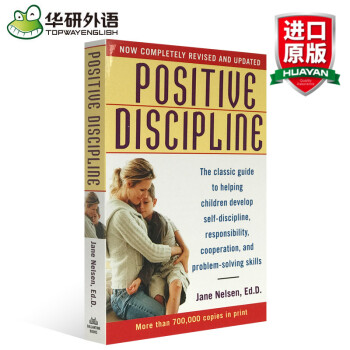

具体描述
书名:Positive Discipline 正面管教
作者:Jane Nelsen Ed.D. 简·尼尔森
出版社名称:Ballantine Books
出版时间:2006
语种:英文
ISBN:9780345487674
商品尺寸:13.2 x 2.1 x 20.3 cm
包装:平装
页数:384
没有哪个父母不为了孩子而竭尽全力,但美好的愿望却不一定给孩子带来很好的结果。
每一位父母都想成为合格的家长,为了孩子而竭尽全力。但常常却不知如何做,总是在过于严厉和过于娇纵之间来回摇摆。作为7个孩子的母,简·尼尔森——美国杰出的教育家,美国“正面管教协会”创始人,曾经也为此感到困感。
简·尼尔森回忆说:“一开始,我是虎妈,后来也做过直升机妈妈。当我开始把正面管教理论付诸实践时,也觉得在养育孩子的过程中停止惩罚是很难做到的。但当我身体力行时,我的孩子在行为上确实变得更好了,我也更享受当妈妈了。”
什么是正面管教?
孩子是社会人,所有人是平等的,再小的孩子也有尊严,需要被尊重和鼓励;孩子行为的首要目的是追求归属感和价值感。一个孩子行为不当,是他感受不到归属或自我价值的一种表达;孩子从小就有社会责任感意识,也可理解为利他主义精神。
基于此,正面管教的教育方法提倡和善与坚定,既不惩罚也不骄纵,鼓励孩子,尊重孩子,理解孩子行为背后的逻辑。通过有效正面管教,培养孩子的自律、责任感、合作及解决问题的能力。
如何运用正面管教方法使孩子获得这种能力,就是Positive Discipline《正面管教》的主要内容。
推荐理由:
1.自1981年本书初版以来,《正面管教》已成为了管教孩子的“黄金准则”;
2.畅销美国400多万册,被翻译成16种语言;
3.让数百万孩子、父母和老师受益终身的经典之作;
4. 英文原版,用词通俗易懂,更准确理解作者本意。
Make a Difference During the Most Important Years of Your Child's Life
“It is not easy to improve a classic book, but Jane Nelson has done so in this revised edition. Packed with updated examples that are clear and specific,Positive Discipline shows parents exactly how to focus on solutions while being kind and firm. If you want to enrich your relationship with your children, this is the book for you.” — Sal Severe, author of How to Behave So Your Children Will, Too!
Millions of children have already benefited from the counsel in this wise and warmhearted book, which features dozens of true stories of positive discipline in action. Give your child the tools he or she needs for a well-adjusted life with this proven treasure trove of practical advice.
Positive Discipline《正面管教》的作者简·尼尔森——教育学博士、杰出的心理学家——在本书中告诉21世纪的父母和老师们:
惩罚和娇纵为什么对孩子都不好,并且不管用?
怎样用既不惩罚又不娇纵的正面管教方法培养孩子受益终生的良好品质?
如何用正面管教方法自动消除孩子的不良行为?
如何赢得孩子与父母和老师的合作?
如何消解大人与孩子之间的权力之争?
“父母”对孩子会有什么危害?
各种性格的父母对孩子会有什么正反两方面的影响?父母如何发挥自己性格中的优点,避免缺点给孩子造成的不良影响?
老师们如何避免对孩子造成管教问题?
从3岁到青春期的十几岁的孩子以及孩子的父母和老师,都将因为本书而彻底改变家里和学校的气愤,改变自己的人生。
For twenty-five years, Positive Discipline has been the gold standard reference for grown-ups working with children. Now Jane Nelsen, distinguished psychologist, educator, and mother of seven, has written a revised and expanded edition. The key to positive discipline is not punishment, she tells us, but mutual respect. Nelsen coaches parents and teachers to be both firm and kind, so that any child—from a three-year-old toddler to a rebellious teenager—can learn creative cooperation and self-discipline with no loss of dignity. Inside you’ll discover how to
• bridge communication gaps
• defuse power struggles
• avoid the dangers of praise
• enforce your message of love
• build on strengths, not weaknesses
• hold children accountable with their self-respect intact
• teach children not what to think but how to think
• win cooperation at home and at school
• meet the special challenge of teen misbehavior
简·尼尔森(Jane Nelsen)教育学博士,杰出的心理学家、教育家,美国加利福尼亚婚姻和家庭执业心理治疗师,美国“正面管教协会”创始人。她是7个孩子的母,22个孩子的奶奶或外祖母,还是2个孩子的曾祖母。曾经担任过10年的有关儿童发展的小学、大学心理咨询教师。她是18本著作的作者或合著者,是众多知名育儿及养育杂志的顾问。
Jane Nelsen, Ed.D., coauthor of the bestselling Positive Discipline series, is a licensed marriage, family, and child therapist. Her books have sold over a million copies. She lives in Salt Lake City.
Foreword
Preface and Acknowledgments
Introduction to the Third Edition
Chapter OneThe Positive Approach
Chapter TwoSome Basic Concepts
Chapter ThreeThe Significance of Birth Order
Chapter FourA New Look at Misbehavior
Chapter FiveBeware of Logical Consequences
Chapter SixFocusing on Solutions
Chapter SevenUsing Encouragement Effectively
Chapter EightClass Meetings
Chapter NineFamily Meetings
Chapter TenPersonality: How Yours Affects Theirs
Chapter ElevenPutting It All Together
Chapter TwelveLove and Joy in Homes and Classrooms
Appendix IStarting a Positive Discipline Study Group
Appendix IIDeveloping Social Responsibility through Peer Counseling
Appendix IIILetter toParents
Notes
Suggested Readings
Index
Chapter One
THE POSITIVE APPROACH
If you are a teacher, have you been teaching long enough to remember when children sat in neat rows and obediently did what they were told? If you are a parent, do you remember when children wouldn’t dare talk back to their parents? Maybe you don’t, but perhaps your grandparents do.
Many parents and teachers today are feeling frustrated because children don’t behave the way they used to in the good old days. What happened? Why don’t today’s children develop the same kinds of responsibility and motivation that seemed more prevalent in children many years ago?
There are many possible explanations, such as broken homes, too much television, video games, and working mothers. These factors are so common in our society today that the situation would seem rather hopeless if they really explained our current challenges with children. (And we all know of many single and working parents who are doing a great job raising their children because they use effective parenting skills.) Rudolf Dreikurs1 had another theory.
There are many major changes that have taken place in society over the past few years that more directly explain the differences in children today. The outlook is very encouraging because, with awareness and desire, we can compensate for these changes and in doing so can also eliminate some of the problems that many think are caused by broken homes, too much television, and working mothers.
The first major change is that adults no longer give children an example or model of submissiveness and obedience. Adults forget that they no longer act the way they used to in the good old days. Remember when Mom obediently did whatever Dad said, or at least gave the impression she did, because it was the culturally acceptable thing to do? In the good old days few people questioned the idea that Dad’s decisions were final.
Because of the human rights movement, this is no longer true. Rudolf Dreikurs pointed out, “When Dad lost control of Mom, they both lost control of the children.” All this means is that Mom quit giving the children a model of submissiveness. This is progress. Many things about the good old days were not so good.
In those days there were many models of submission. Dad obeyed the boss (who was not interested in his opinions) so he wouldn’t lose his job. Minority groups accepted submissive roles at great loss to their personal dignity. Today all minority groups are actively claiming their rights to full equality and dignity. It is difficult to find anyone who is willing to accept an inferior, submissive role in life. Children are simply following the examples all around them. They also want to be treated with dignity and respect.
用户评价
这部书,恕我直言,简直是为我这种在育儿路上摸爬滚打的父母量身定做的指南。我记得我第一次翻开它的时候,正处于一个非常焦虑的阶段,孩子正值“不合作”的高峰期,任何一点小小的摩擦都能引发一场家庭“战争”。我试过很多市面上的育儿方法,要么过于严厉,让我觉得自己像个暴君;要么过于放纵,让我觉得完全失去了对局面的掌控。这本书的出现,像是一股清流,它没有给我一堆生硬的规矩,而是提供了一种全新的视角去看待孩子的行为。它让我明白了,那些看似“捣乱”的行为背后,往往隐藏着未被满足的需求,比如对归属感和重要性的渴望。这种理解的转变,是革命性的。我开始学着用提问代替指责,用共情代替惩罚,效果立竿见影。比如,当孩子因为玩具没收而大发脾气时,我不再是强行压制,而是蹲下来,看着他的眼睛,说:“我知道你现在很生气,因为你很想玩那个积木,对吗?” 仅仅是这种被看见、被理解的感觉,就能让孩子的情绪迅速降温。这本书的魅力就在于它的实用性和深度并存,它教你如何解决眼前的冲突,更重要的是,它教你如何建立一个充满尊重和连接的亲子关系,这才是育儿的终极目标。
评分这本书给我带来的最大改变,在于心态上的松弛感。在阅读之前,我总觉得育儿是一场永无止境的战斗,我必须时刻保持警惕,以确保孩子“完美成长”。然而,这本书让我明白了“不完美”才是常态,孩子(以及父母自己)都会犯错,关键在于如何从错误中学习。它反复强调“积极关注”的重要性,这一点我以前做得非常不到位。我总是专注于纠正孩子的错误——“别跑那么快!”“把你的鞋带系好!”——却很少花时间去捕捉那些他做对的瞬间。当我开始有意识地去寻找他“做得好”的地方,哪怕只是他主动分享了一个小零食,我都会给予真诚的、具体的赞美,例如:“谢谢你愿意把饼干分给我,这让我感到很开心。” 孩子反馈出的积极能量是惊人的,他似乎更愿意重复那些获得关注的行为。这种从“纠错模式”到“鼓励模式”的转变,不仅改善了孩子的行为,更重要的是,它极大地缓解了我自己的焦虑,让我享受到了为人父母的乐趣,而不是沉浸在无尽的指责和自责之中。
评分这本书的章节编排逻辑清晰得令人称赞,它不是那种堆砌理论的学术著作,而是步步为营,引导读者进行自我反思。最让我印象深刻的是关于“设定界限”的那一部分。很多父母都害怕设定界限,觉得那意味着不爱孩子,或者会扼杀孩子的自由。但这本书告诉我,清晰、一致且充满尊重的界限,恰恰是给予孩子安全感的最好方式。它提供了一套非常具体的操作步骤,比如如何提前沟通期望、如何在不发火的情况下坚持原则。我尝试用它推荐的方法来处理孩子睡前拖延的问题,效果堪称奇迹。我不再是声嘶力竭地催促,而是提前设定一个“冷静期”,并明确告知他:“你还有五分钟玩玩具,时间到了我们就去刷牙,这是我们共同的约定。” 如果他超出了时间,我就平静地执行约定,不再争辩。这种预设好的程序,让整个过程变得机械而公正,大大减少了情绪化的对抗。这套系统性的思维框架,让我感觉自己终于有了一套可以信赖的工具箱,而不是每次遇到问题都临时抱佛脚。
评分对于那些觉得育儿是“本能”而不需要学习的人来说,这本书无疑是一个有力的反驳。它用大量的真实案例和心理学原理,证明了有效的管教是需要技巧和学习的。我特别喜欢它对“惩罚与纪律”的区别阐述,这一点常常是新手父母的盲区。惩罚往往是基于愤怒的、短期的控制,而纪律(Discipline,书中的核心概念)则是一种长期的教学过程,目的是帮助孩子学习自律。这本书提供了一个非常成熟的框架来构建家庭文化,它鼓励父母与孩子一起制定家庭会议规则,让孩子也参与到规则的制定过程中来。这极大地增强了孩子的责任感和主人翁意识。当规则是他们自己参与制定的,他们自然会更愿意遵守。我曾尝试组织一次家庭会议,讨论“晚餐时如何互相倾听”,过程虽然有些混乱,但最终达成的共识让孩子对后续的餐桌礼仪表现得异常配合。总而言之,这本书不仅仅是一本育儿手册,它更像是一本关于如何成为一个更具同理心、更有效沟通者的成长指南,对任何希望建立健康家庭动态的人来说,都是一份宝贵的财富。
评分我得说,这本书的洞察力非常深刻,它揭示了许多我们习以为常却效果不佳的育儿陷阱。很多时候,我们成年人处理问题的方式,其实是在无意中强化了孩子的不良行为。比如,过度的表扬和过度的批评,在书里都被巧妙地分析了其背后的负面效应。我尤其欣赏它关于“自然和逻辑后果”的阐述,这比任何空洞的“如果你不听话,我就……”的威胁都有效得多。举个例子,如果孩子执意要把牛奶洒得到处都是,传统做法可能是惩罚他,让他去罚站。而这本书的方法是,让他参与到清理的过程中去,让他体验到“洒了牛奶”这个行为带来的直接结果——需要自己动手擦干净。这不是报复,而是责任感的培养。这种引导式的教育,让孩子从“为谁做”转变为“为自己做”。它强调的是“能力培养”而非“权力斗争”。读完之后,我才意识到,我以前很多时候是在“替孩子完成生活”,而不是“教孩子生活”。这本书的语言风格非常温和,但论点却异常坚定,它鼓励父母放下权威的架子,真正成为孩子成长的合作者。
相关图书
本站所有内容均为互联网搜索引擎提供的公开搜索信息,本站不存储任何数据与内容,任何内容与数据均与本站无关,如有需要请联系相关搜索引擎包括但不限于百度,google,bing,sogou 等
© 2025 book.coffeedeals.club All Rights Reserved. 静流书站 版权所有


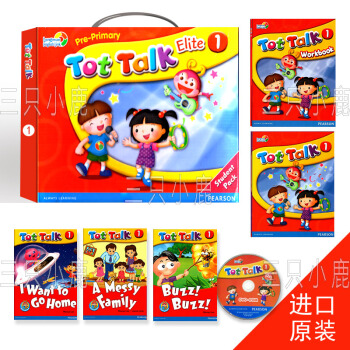
![英文原版 Hair 理发 Leslie Patricelli 纸板 [2~5岁] pdf epub mobi 电子书 下载](https://pic.windowsfront.com/23949757272/5a4f4b32Ne40d1e04.jpg)
![英文原版 Leslie Patricelli 生活认知6册合售 [0~5岁] pdf epub mobi 电子书 下载](https://pic.windowsfront.com/24138998372/5a52fb0eNf0f7ef91.jpg)
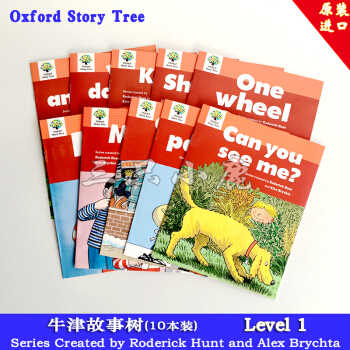
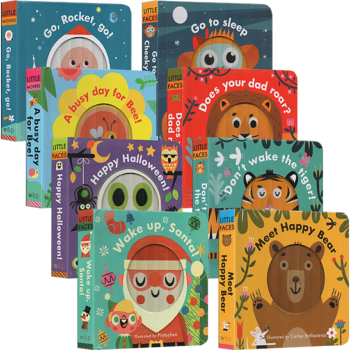



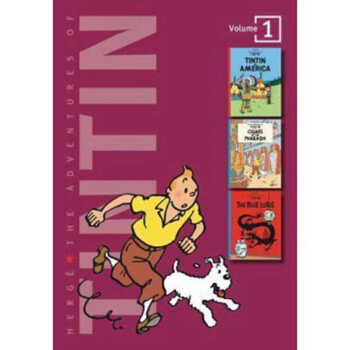
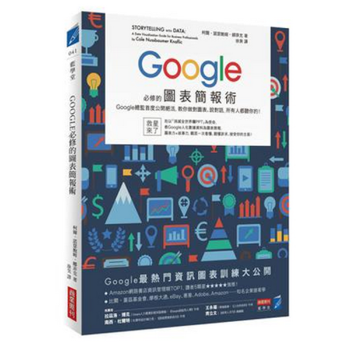


![[现货]进口日文 偶像活动 アイカツフレンズ!公式ファンブック STYLE1 2018年4 pdf epub mobi 电子书 下载](https://pic.windowsfront.com/27006808605/5ac9e602Ne2c88b0f.jpg)
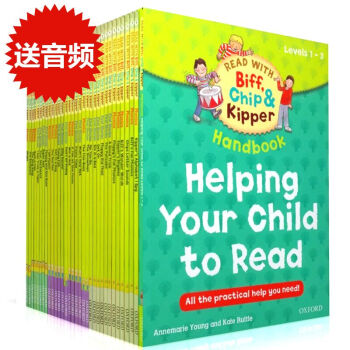

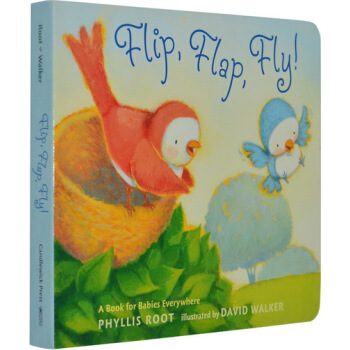

![Tokyo 11 英文原版 [平装] pdf epub mobi 电子书 下载](https://pic.windowsfront.com/130000024608/5afcfa4dN10361200.jpg)
![Horrid Henry's Nits (Book and CD Pack) 淘气包亨利的故事:虱子风波,书附CD [平装] pdf epub mobi 电子书 下载](https://pic.windowsfront.com/19008106/rBEhVVKYRuwIAAAAABCpkNFnwQIAAGO6gH830wAEKmo451.jpg)